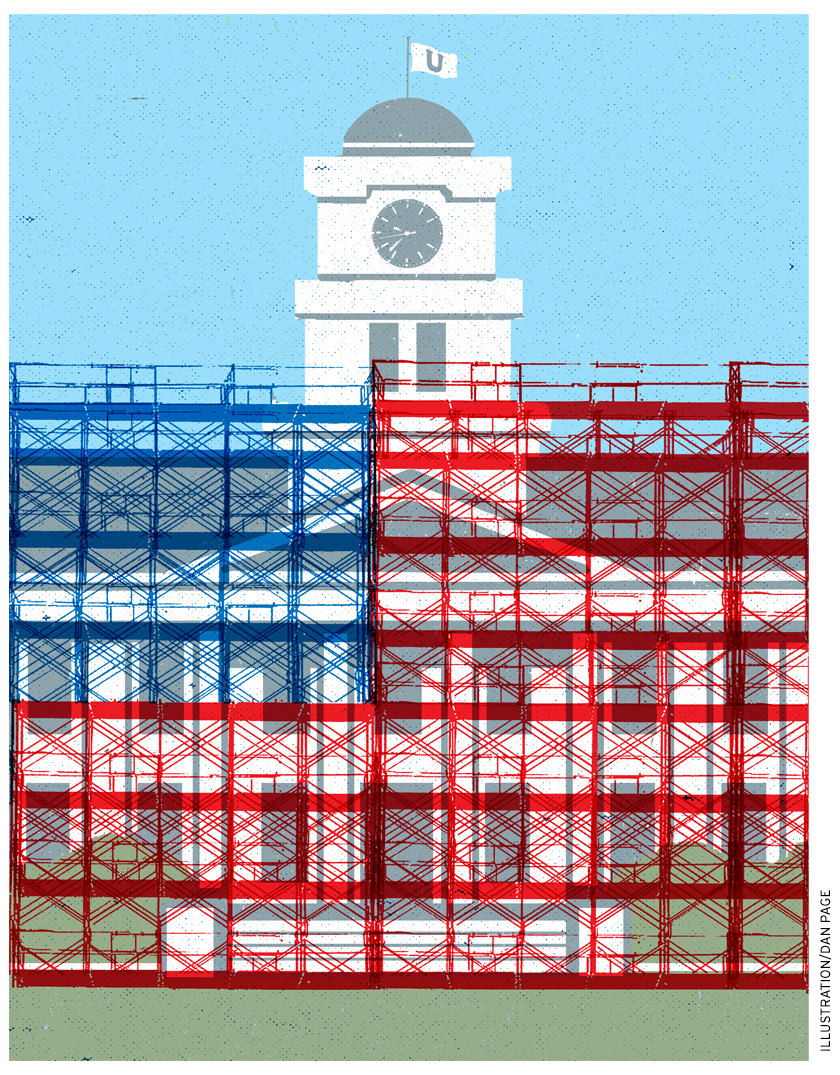 With the cost of college soaring and the national six-year completion rate below 60 percent, the federal government’s support for higher education is facing heightened scrutiny. What kind of regulation and accountability should Congress impose on what might be termed the world’s largest voucher program—Washington’s hefty funding of Pell grants and subsidized loans? As legislators turn their attention to revising the Higher Education Act, are current levels of regulation sufficient and appropriate, or is there perhaps too much paperwork, bureaucracy, and compliance? What can be learned from the Obama administration’s efforts to hold underperforming programs to account?
With the cost of college soaring and the national six-year completion rate below 60 percent, the federal government’s support for higher education is facing heightened scrutiny. What kind of regulation and accountability should Congress impose on what might be termed the world’s largest voucher program—Washington’s hefty funding of Pell grants and subsidized loans? As legislators turn their attention to revising the Higher Education Act, are current levels of regulation sufficient and appropriate, or is there perhaps too much paperwork, bureaucracy, and compliance? What can be learned from the Obama administration’s efforts to hold underperforming programs to account?
In this forum we hear from Michael B. Horn, co-founder of the Clayton Christensen Institute and an executive editor of Education Next, with Alana Dunagan, a research fellow at the Christensen Institute, and from Kevin Carey, vice president for education policy and knowledge management at New America.
 Change the Rules to Unleash Innovation
Change the Rules to Unleash Innovation
By Michael B. Horn and Alana Dunagan
 Strong Hand of Regulation Protects Students
Strong Hand of Regulation Protects Students
By Kevin Carey
This article appeared in the Fall 2018 issue of Education Next. Suggested citation format:
Horn, M.B., Dunagan, A., and Carey, K. (2018). Rethinking the Rules on Federal Higher-Ed Spending: How can congress spur innovation while clamping down on fraud? Education Next, 18(4), 50-56.


